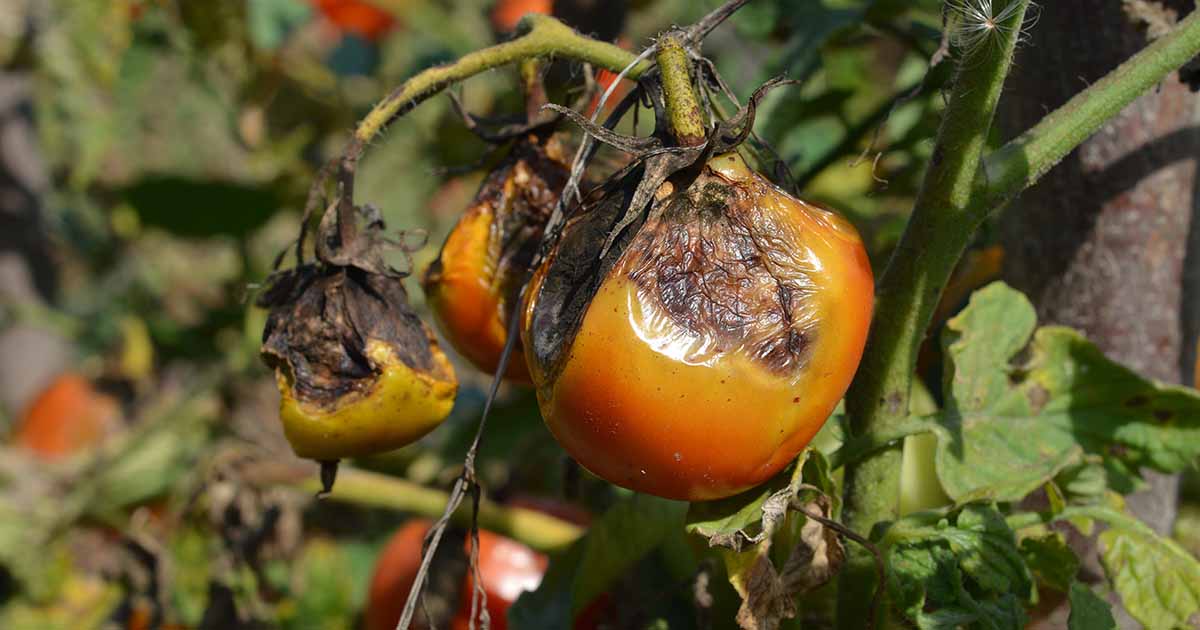
Each sporangia creates 20-40 thin-walled spores named zoospores. The asexual spore stage produces millions of thin-walled spores called sporangia. The Phytophthora infestans lifecycle alternates between mould growth and spore production. Healthy looking potato tubers may also break down in storage due to late blight infection. It attacks the host plant’s foliage, fruit, stems or tubers at all growth stages. Late blight causes sudden plant death and destroys infected potato crops in a matter of days. They have an uneven, corky, dry rot inside and can become a foul-smelling mush if infected by secondary bacterial soft rots.
#2017 TOMATO LATE BLIGHT REPORTS SKIN#
Infected potato tubers have brown to purple skin lesions that are dark, reddish brown underneath (Figure 3). In humid weather white mould (or “fuzz”) grows under the leaves and infected plants suddenly collapse. Lesions are often enclosed by a halo of lighter green tissue. Infected tissue is initially water soaked (grey-green), then necrotic (brown or black) with firm, rough surfaces (Figure 2). As a consequence late blight spores require water to germinate and penetrate host plant tissues.Įarly signs of late blight infection are small flecks on infected leaves and plant stems. Though water moulds (or oomycetes) look similar to fungi, they are more closely related to algae. Late blight is caused by the water mould Phytophthora infestans.
#2017 TOMATO LATE BLIGHT REPORTS FULL#
Email with a clear photo and your contact detailsĪ full list of notifiable plant pests and diseases can be found in Schedule 2 of the NSW Biosecurity Act 2015.Call the Exotic Plant Pest Hotline 1800 084 881.

However, if you suspect Late blight ( Phytophthora infestans) (A2 mating type): Late blight ( Phytophthora infestans) (A2 mating type) is not a notifiable plant disease in NSW. It is also a serious disease of capsicums, chillies, eggplants, pepinos, tamarillos and tomatoes (Figure 1). Late blight caused the 1840’s European, Irish and Highland potato famines and destroys 5% of world potato crops every year. Late blight (caused by Phytophthora infestans) is one of the world’s worst diseases (or blight) of potatoes. This disease is a serious threat to Australia’s potato, vegetable and fruit industries. Late blight ( Phytophthora infestans) (A2 mating type) is an exotic plant disease not present in Australia.


 0 kommentar(er)
0 kommentar(er)
